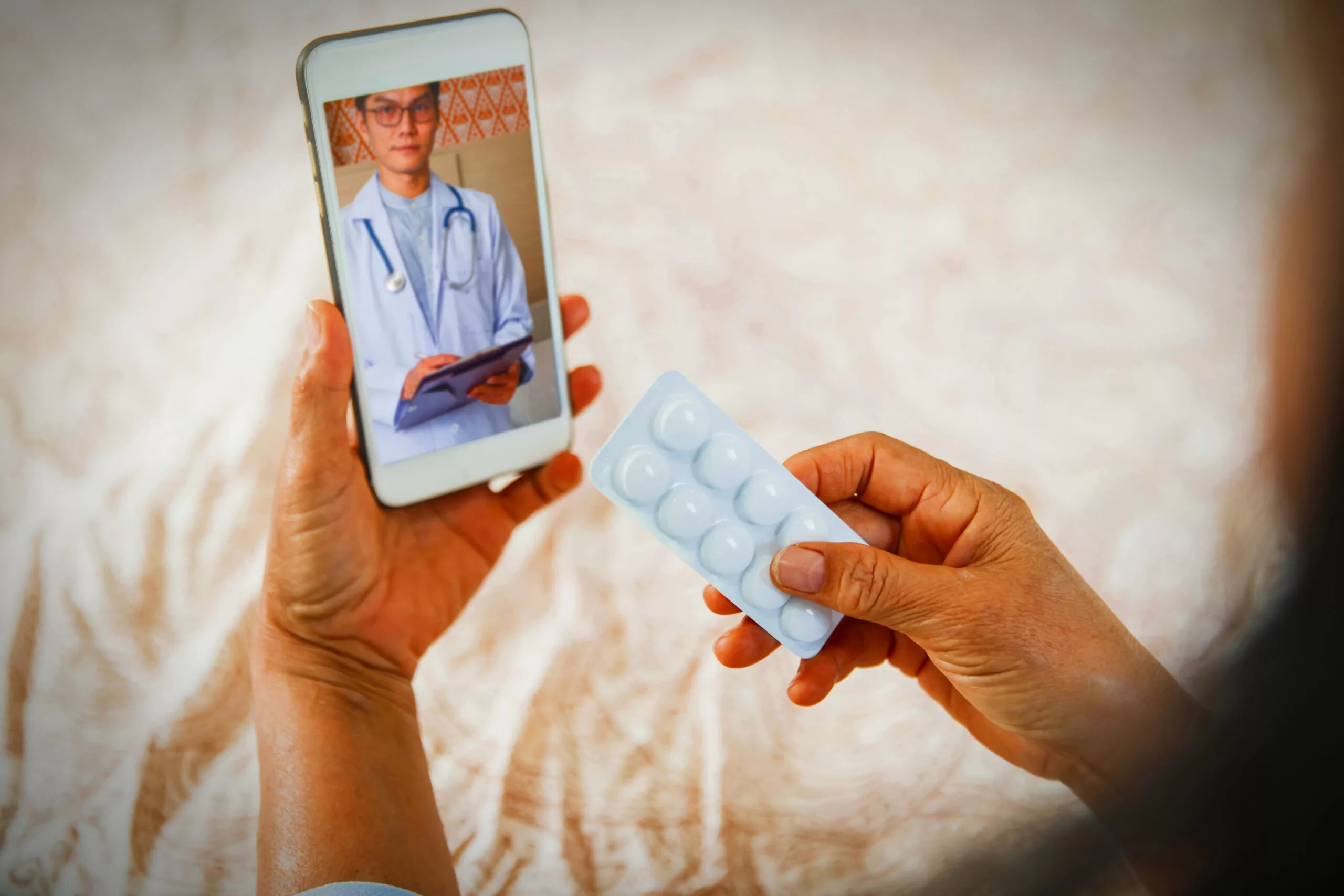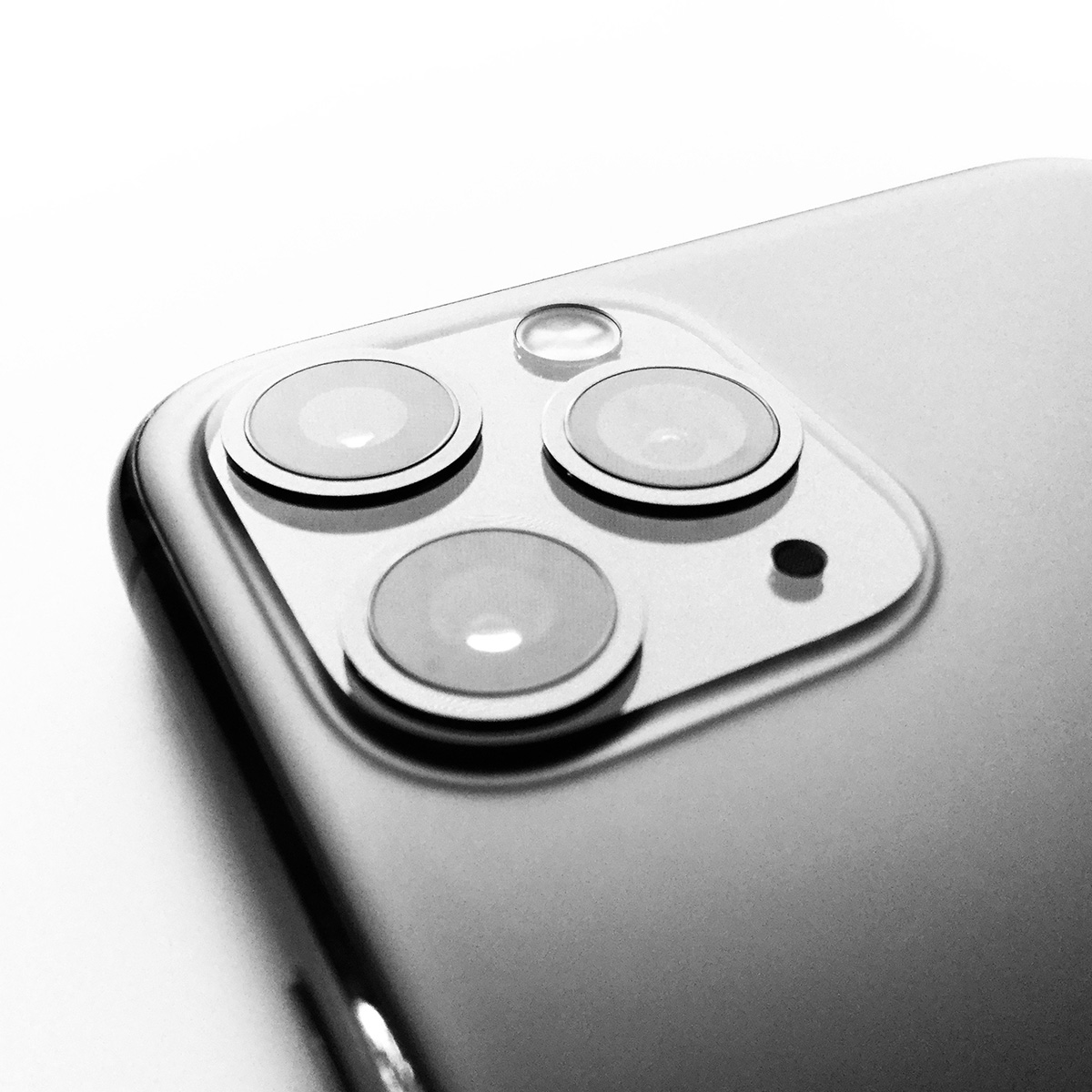Getting the Most from
Your Doctor’s Visit
Doctors visits, home care, rehabilitation, disease management, care coordination and caregivers services
Getting the Most from
Your Doctor’s Visit
Doctors visits, home health care, rehabilitation therapy, disease management, care coordination and caregivers services
Do you find healthcare appointments stressful?
I recommend you do these things before going to the doctor. Collect and organize all your vital sign records, food diary, weight changes, and any other tracking you have recorded since your last visit. Create a written record of all prescriptions, over the counter medicines including vitamins taken since the last visit. Write down questions and/or concerns. Bring paper and pencil to write down answers.
140k+
US primary care physicians
697K
die from heart attacks in us last year
8.3%
US men have heart disease

Step One: Identify Who You Need to Reach
The foundation of any successful consumer application lies in understanding the users. Conduct comprehensive user research to gain insights into the demographics, preferences, and health needs of the target audience. Utilize surveys, interviews, and analytics to collect relevant data, ensuring that the application is tailored to the specific requirements of the consumer base.

Step Two If You Build it Right, They Will Use It
Navigate your health journey seamlessly with a user-friendly interface. Design an intuitive platform that aligns with the preferences and technological literacy of your audience. Incorporate a clean and visually appealing layout that facilitates easy access to information and features. Ensure responsive design for a smooth experience across various devices, enhancing accessibility for all users.


Step Three Enter Your Health Data
Empower your health journey with personalized health content. Utilize data-driven insights to curate relevant information, offering articles, tips, and educational materials that align with individual health goals and conditions. Provide actionable guidance based on user interactions, fostering a sense of ownership over one’s health journey.

Step Four Use Health Tracking and Monitoring on Your Smart Devices
Elevate your health journey by integrating features that enable seamless tracking and monitoring of health metrics. Connect wearable devices, health tracking apps, and real-time data synchronization to empower consumers to monitor their progress, set goals, and receive timely insights. Visualizations and trend analyses enhance understanding, promoting proactive engagement in well-being.

Step Five Reach Out For Help
Cultivate an interactive environment for your health journey through effective communication. Implement secure messaging systems, telehealth options, and chatbots to facilitate real-time communication and support between consumers and healthcare providers. Foster a collaborative space where users can seek guidance, ask questions, and actively participate in their care, strengthening provider-consumer relationships.



Step Six Wash, Rinse, and Repeat
Embark on a journey of continuous improvement by assessing user feedback, engagement metrics, and technological advancements regularly. Iterate and enhance your application based on evolving user needs, emerging healthcare trends, and advancements in health technology. This commitment to continuous improvement ensures that your application remains relevant, effective, and aligned with the ever-evolving nature of healthcare.

Notes from the Author

Transforming Healthcare Through Technology: Enhancing Patient-Provider Relationships
In the ever-evolving landscape of healthcare, the dynamics of patient-provider relationships have undergone a significant transformation, largely driven by technological advancements. As the owner of a patient portal company, I recognize the pivotal role that technology plays in improving communication between patients and healthcare providers. Technology can empower patients to actively engage in their healthcare journey and foster stronger relationships with their providers.
The Importance of Effective Communication in Healthcare
Effective communication is the cornerstone of any successful patient-provider relationship. When patients feel heard, understood, and actively involved in their care, it enhances their overall healthcare experience. Traditional face-to-face interactions, while crucial, may not always provide sufficient time for patients to articulate their concerns or for providers to convey information comprehensively.
Technology’s Role in Patient Empowerment
Patient portals have emerged as powerful tools bridging the communication gap between patients and providers. These platforms offer a secure online space where patients can access their medical records, test results, and communicate with their healthcare team. By utilizing technology, patients are empowered to take a more active role in managing their health, leading to improved outcomes and satisfaction.
Tips for Effective Patient-Provider Communication
To maximize the benefits of technology in healthcare, patients should adopt effective communication strategies. Here are tips for patients to enhance their interactions with healthcare providers, fostering a more collaborative and engaged relationship:
- Be Prepared: Utilize the features of patient portals to their full potential. Before appointments, create lists of symptoms, questions, and concerns. This preparation ensures that the limited time during appointments is utilized efficiently, allowing for a more focused discussion.
- Be Clear and Specific: Leverage the communication channels provided by patient portals to articulate symptoms in detail. Describe the onset, frequency, and severity of symptoms, providing a comprehensive picture of your health status. Clear and specific information aids providers in making informed decisions.
- Express Concerns and Priorities: Use the messaging functionality of patient portals to express your concerns and priorities. Clearly communicate what aspects of your health are most important to you and what goals you hope to achieve through treatment. This helps providers tailor their approach to align with patient expectations.
- Speak Up if You Don’t Understand: Patient portals often include features for secure messaging. If there’s something you don’t understand, don’t hesitate to use these channels to seek clarification from your healthcare provider. Effective communication is a shared responsibility, and asking questions ensures a better understanding of your health situation.
- Be Honest: Transparency is key to building trust. Patient portals offer a confidential space to share information about adherence to treatment plans, challenges faced, or any deviations from the prescribed instructions. Open and honest communication allows providers to make adjustments to the care plan as needed.
- Be Respectful: Maintain a respectful tone in your online interactions. Recognize that effective communication involves mutual respect. Providers are more likely to take patient concerns seriously when the conversation is conducted with courtesy and respect.
- Consider a Second Opinion: Patient portals often provide features for appointment scheduling. If concerns persist or you feel dissatisfied with the diagnosis or treatment plan, use these tools to seek a second opinion. A different perspective can offer valuable insights and contribute to informed decision-making.
The integration of technology into patient-provider relationships has the potential to revolutionize healthcare. Patient portals serve as catalysts for improved communication, patient empowerment, and collaborative care. As the owner of a patient portal company, I am committed to advancing solutions that enhance the patient experience, strengthen relationships, and contribute to better healthcare outcomes. By embracing technology and adopting effective communication strategies, patients can actively engage in their healthcare journey, ensuring a more personalized and collaborative approach to wellness.
Monica Stynchula – CEO / REUNIONCare, Inc.













